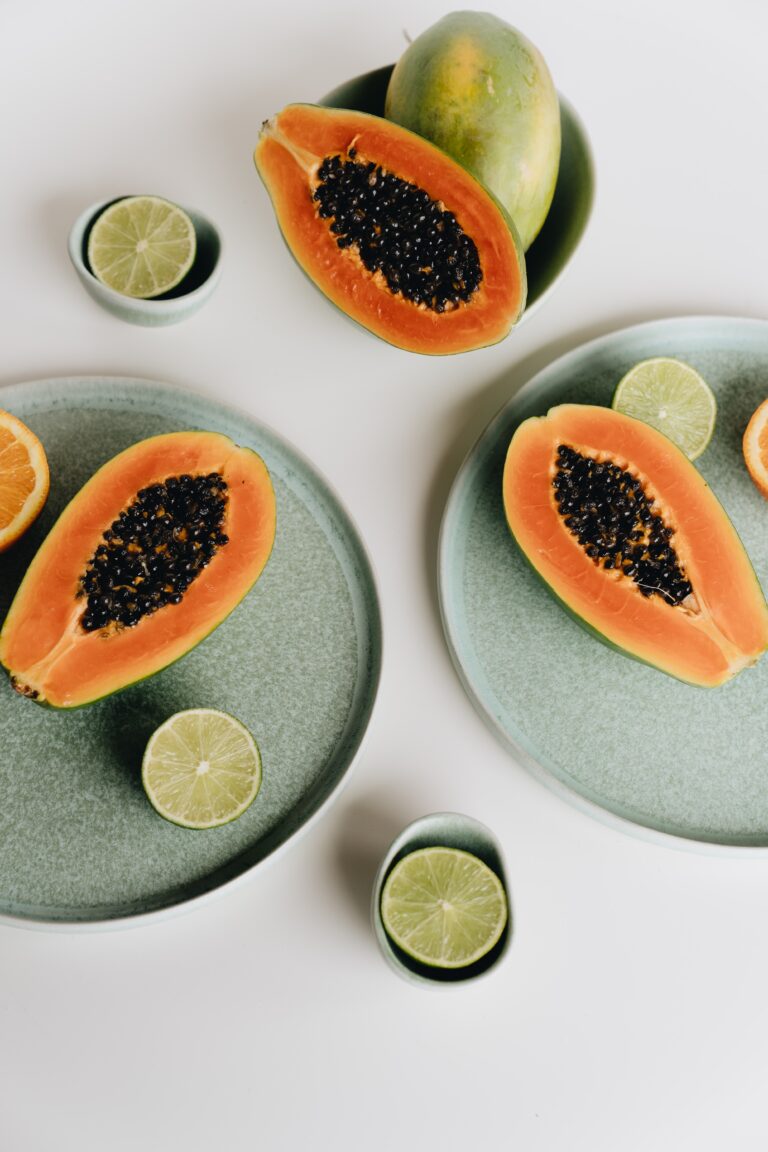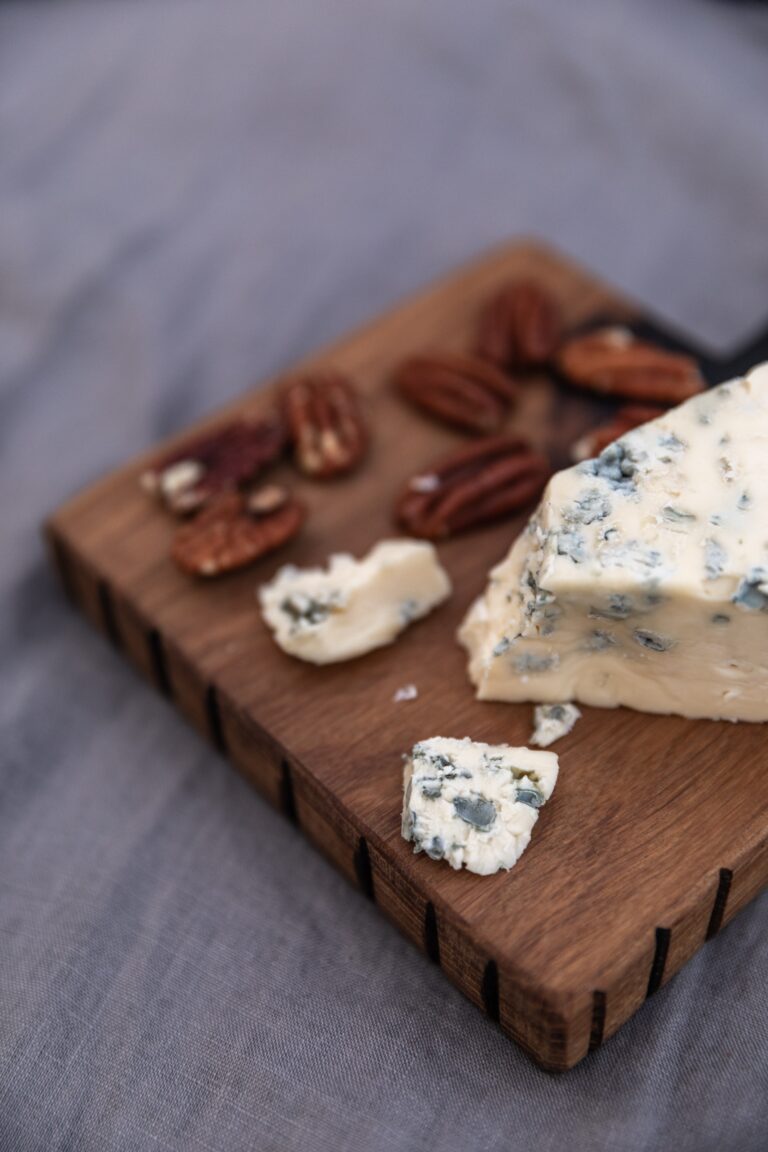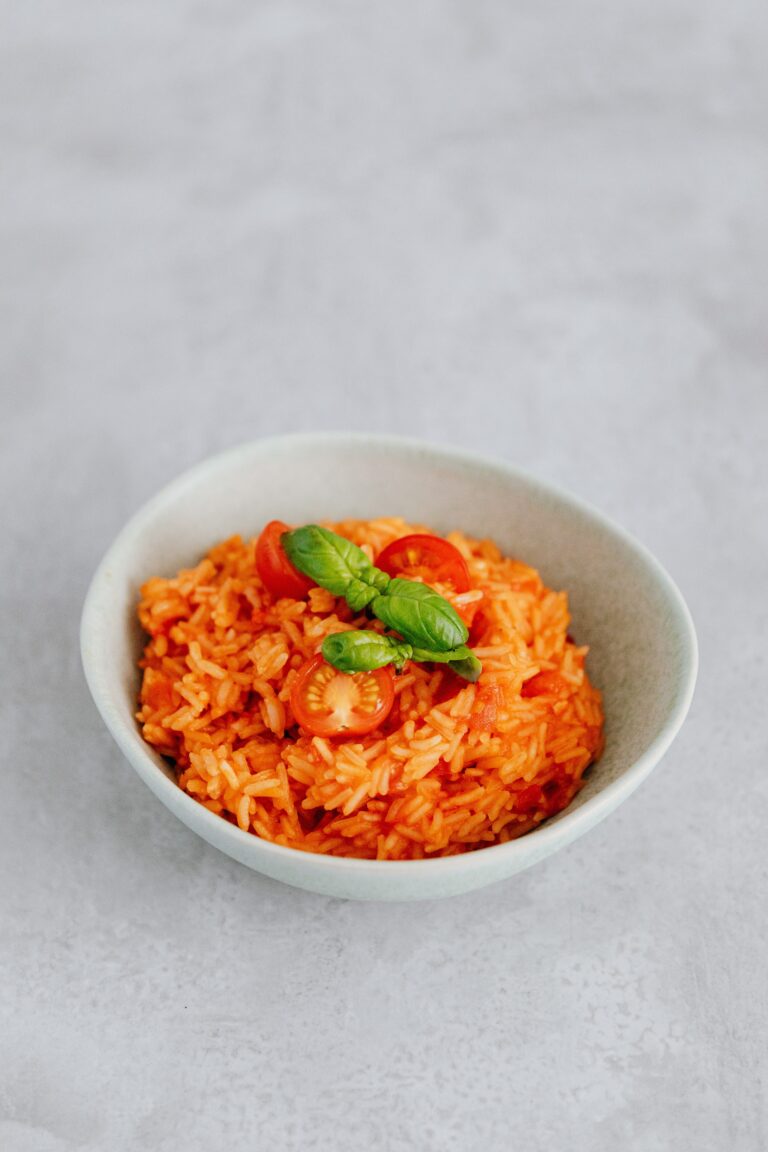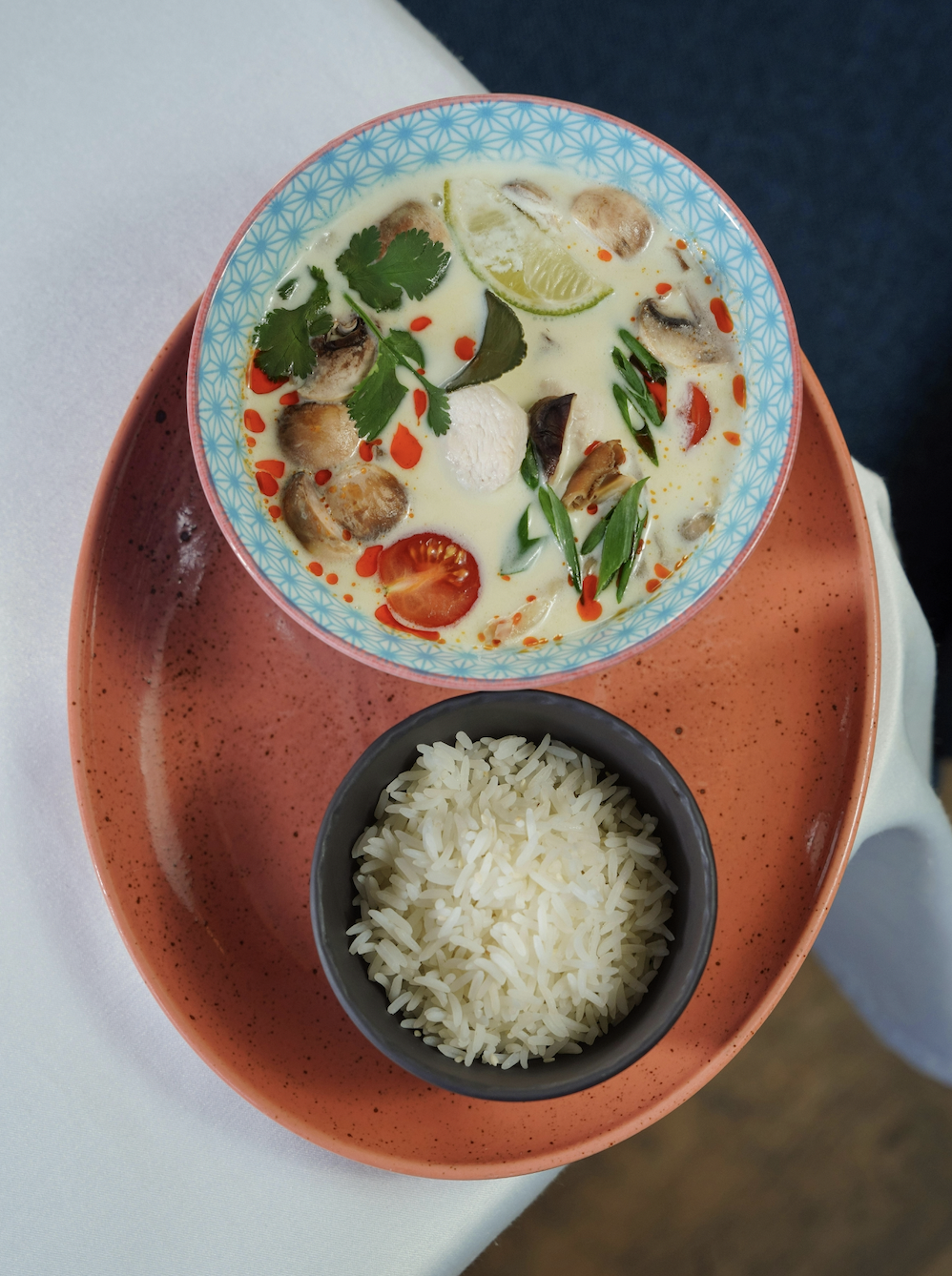
When it comes to international cuisine, Thai food is a beloved favourite for its bold flavours and aromatic dishes. But the question remains: Is Thai food healthy? In this blog post, we’ll dive deep into the world of Thai cuisine, exploring its ingredients, popular dishes like Pad Thai and Tom Yum, and the health benefits it offers. Please note that I’m not here to provide medical advice, but we will shed light on how to make healthier choices within Thai cuisine.
Nutrition of Common Thai Ingredients
Thai cuisine is renowned for its balance of sweet, salty, sour, and spicy flavours. It incorporates a wide range of ingredients, from aromatic herbs like kaffir lime leaves to creamy coconut milk. Let’s take a closer look at some staple components:
- Coconut Milk: Often used in curries and soups, coconut milk adds a rich and creamy texture to Thai dishes. While it is high in calories, it contains medium-chain triglycerides (MCTs) that can boost metabolism and provide quick energy.
- Rice Noodles and Rice: Thai cuisine heavily relies on rice, both sticky and brown rice, and rice noodles. These grains provide a good source of carbohydrates for sustained energy.
- Proteins: Thai dishes include lean proteins like chicken, fish, and tofu. These sources of protein are essential for muscle maintenance and immune system support.
- Fresh Vegetables: Thai food often features a colorful array of fresh vegetables, like bean sprouts and green papaya, which are packed with essential vitamins, minerals, and fibre.
- Herbs and Spices: Thai dishes are seasoned with an array of herbs and spices, such as lime juice, fish sauce, and chili peppers. These ingredients not only enhance flavor but also offer health benefits like aiding digestion and boosting metabolism.
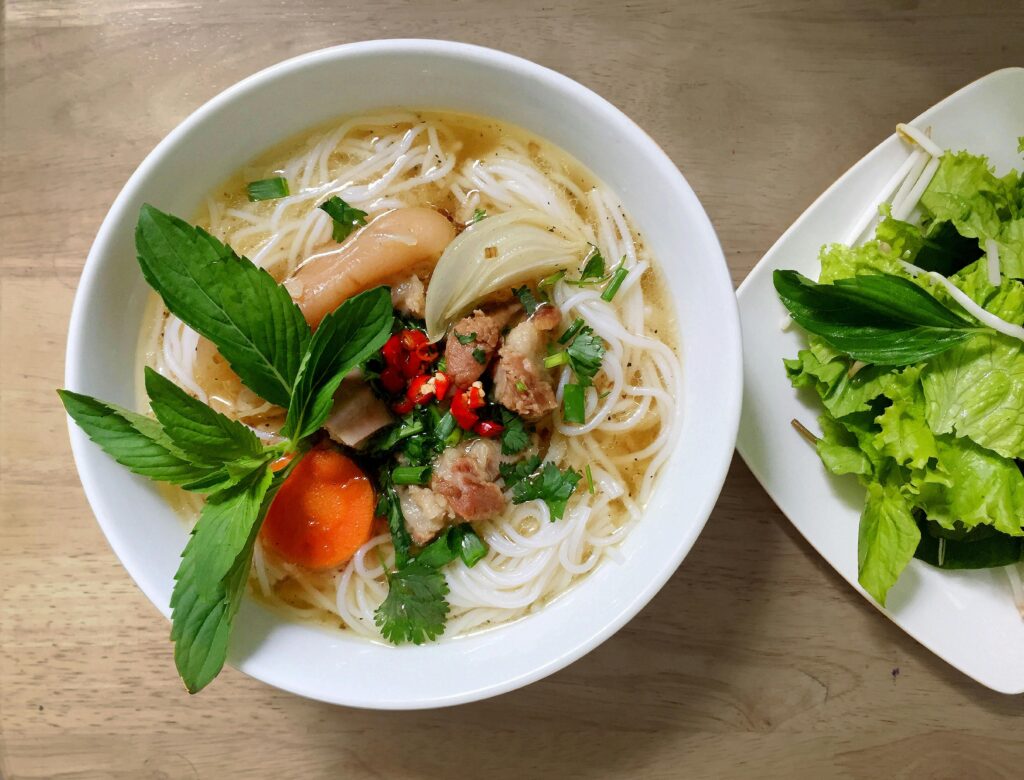
What Thai Food Is Healthy
While Thai cuisine can include fried and calorie-dense options, there are plenty of healthy Thai dishes to choose from:
- Green Papaya Salad: A refreshing Thai classic, green papaya salad is packed with nutrients and is low in calories. It’s a great choice for those looking for a light and healthy appetizer.
- Tom Yum Soup: This hot and sour soup features lean proteins and a flavorful broth made from herbs and spices. It’s known for its immune-boosting properties. Try this recipe for Tom Yum Soup here!
- Sticky Rice with Mango: A popular Thai dessert, this dish combines sticky rice, fresh mango, and a drizzle of coconut milk for a delightful, naturally sweet treat.
- Pad Thai with Tofu: Opting for tofu instead of fried meats in Pad Thai reduces calories and saturated fat while maintaining the dish’s signature taste.
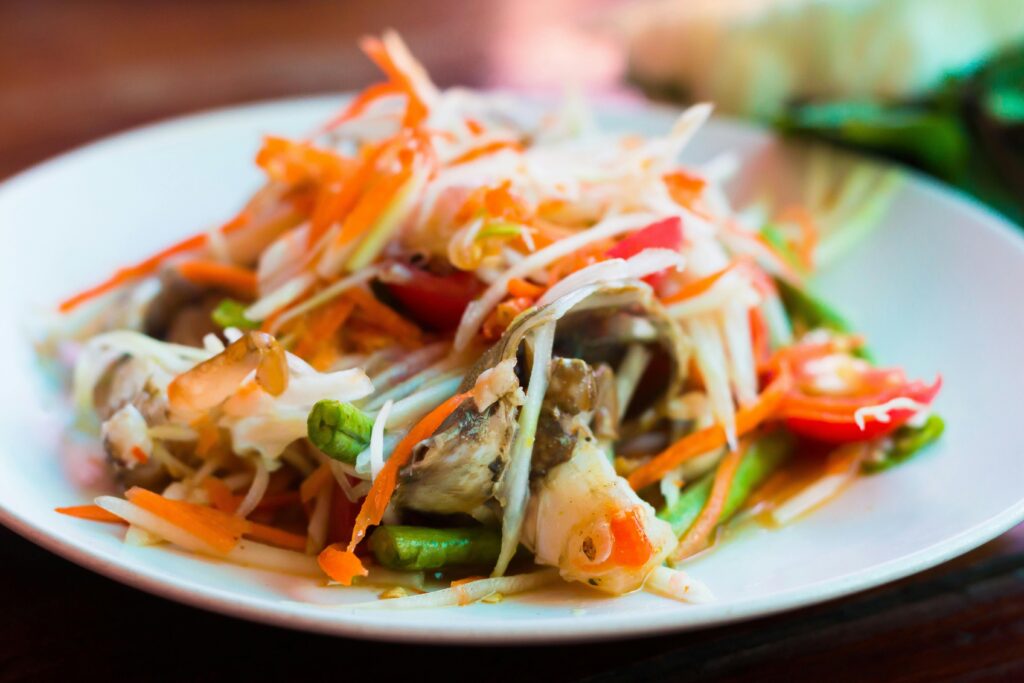
Other Benefits of Thai Food
Aside from its delicious and diverse flavours, Thai food offers several other benefits that contribute to its popularity and appeal:
- Nutrient-Rich Ingredients: Thai cuisine often incorporates a wide variety of fresh herbs, spices, and vegetables, providing essential vitamins, minerals, and antioxidants that support overall health and well-being.
- Balanced Flavors: Thai cooking aims to achieve a harmonious balance of sweet, salty, sour, and spicy flavours, which can make meals more satisfying and enjoyable without relying on excessive salt or sugar.
- Lean Proteins: Many Thai dishes feature lean protein sources like chicken, fish, and tofu, making it a suitable choice for those seeking a high-protein diet.
- Herbal Benefits: Thai cuisine frequently uses herbs like lemongrass, basil, and mint, which are known for their potential health benefits, including digestion aid and anti-inflammatory properties.
- Stimulates Metabolism: Ingredients like chili peppers found in Thai dishes can temporarily boost metabolism due to their capsaicin content, potentially aiding in weight management.
- Coconut Milk Goodness: While high in calories, coconut milk contains medium-chain triglycerides (MCTs), which may help with energy production and metabolism.
- Low in Processed Foods: Authentic Thai cooking often relies on fresh, minimally processed ingredients, reducing the consumption of highly processed and unhealthy foods.
- Emphasis on Freshness: Thai cuisine places a strong emphasis on using seasonal and locally sourced ingredients, promoting a more sustainable and environmentally friendly approach to eating.
- Cultural Diversity: Thai food reflects the cultural diversity of Thailand, with regional variations and influences from neighbouring countries. This diversity provides an opportunity to explore a wide range of flavours and culinary traditions.
- Social Dining: Thai dining is often a communal experience, encouraging shared meals and fostering social connections, which can contribute to overall well-being and a sense of community.
- Aromatic Ingredients: The use of fragrant ingredients like garlic, ginger, and lemongrass can enhance the overall dining experience and provide a sensory pleasure.
In summary, Thai cuisine offers a multitude of benefits beyond its delectable taste. It’s a cuisine that can provide a well-rounded and nutritious dining experience, making it a popular choice for those looking to enjoy a flavorful yet health-conscious meal.
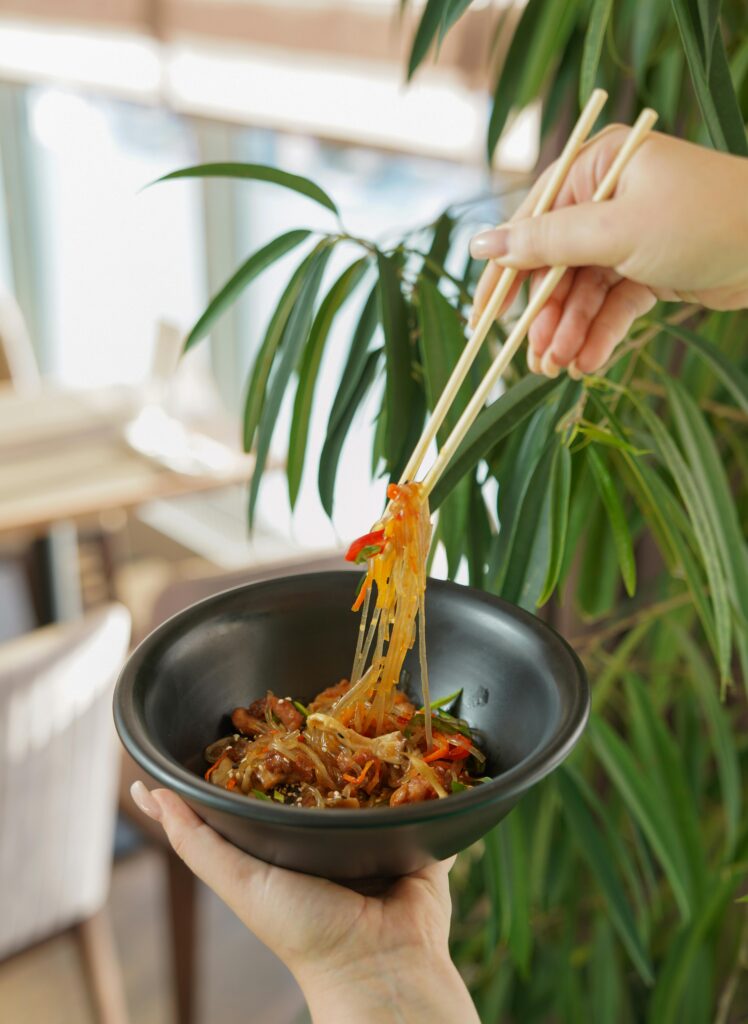
The Less Healthy Side of Thai Cuisine
The less healthy side of Thai cuisine, while tempting in its indulgent flavours and textures, often lies in dishes that are high in calories, unhealthy fats, and sodium. Fried appetizers and deep-fried dishes, while undeniably delicious, can be calorie-dense. Coconut milk-based curries, while creamy and flavorful, can be rich in saturated fats. Sugary desserts like sticky rice with mango, though delightful, contribute to excess sugar intake.
Additionally, the frequent use of fish sauce, high in sodium, can lead to increased salt consumption. While Thai cuisine offers a spectrum of flavours and experiences, it’s essential to enjoy it in moderation and make informed choices to maintain a balanced and healthy diet.
What Thai Food Is Less Healthy
When enjoying Thai cuisine, it’s a good idea to be mindful of certain dishes that may be less healthy due to their high calorie, fat, or sodium content. Here are some Thai dishes to limit or enjoy in moderation:
- Pad Thai: While incredibly popular and delicious, Pad Thai often contains a significant amount of oil and sometimes excessive amounts of sugar and sodium. Consider sharing this dish or opting for a smaller portion.
- Massaman Curry: Massaman curry is rich and flavorful, but it can be high in calories and saturated fats due to the use of coconut milk and sometimes fatty meats. Enjoy it occasionally and balance it with lighter dishes.
- Pineapple Fried Rice: This sweet and savory dish is delightful, but it can be calorie-dense due to the addition of cashews, sugar, and often a generous amount of oil. Sharing is a good strategy here.
- Crispy Spring Rolls: Fried spring rolls are a tasty appetizer, but they are deep-fried, making them high in unhealthy fats and calories. Limit your consumption or opt for fresh spring rolls instead.
- Coconut-based Soups: Dishes like coconut milk-based Tom Kha soup can be creamy and satisfying but can also be calorie-heavy. Choose soups with clear broths or lower coconut milk content when possible.
- Sweet Desserts: Thai desserts, such as fried banana fritters and coconut-based sweets, are delicious but can be high in sugar and calories. Save them for special occasions and enjoy in moderation.
- Sticky Rice with Coconut Cream: This popular Thai dessert is a treat, but it’s calorie-dense due to the use of coconut cream and sugar. Consider sharing or indulging sparingly.
- Deep-Fried Entrees: Dishes like deep-fried fish or chicken can be tasty but are high in unhealthy fats. Opt for grilled or steamed options to reduce the calorie and fat content.
Remember that enjoying these dishes in moderation is key to savoring the flavours of Thai cuisine while maintaining a balanced and healthy diet. It’s also a good idea to balance these indulgent choices with healthier options that feature lean proteins, fresh vegetables, and herbs to create a well-rounded Thai dining experience.
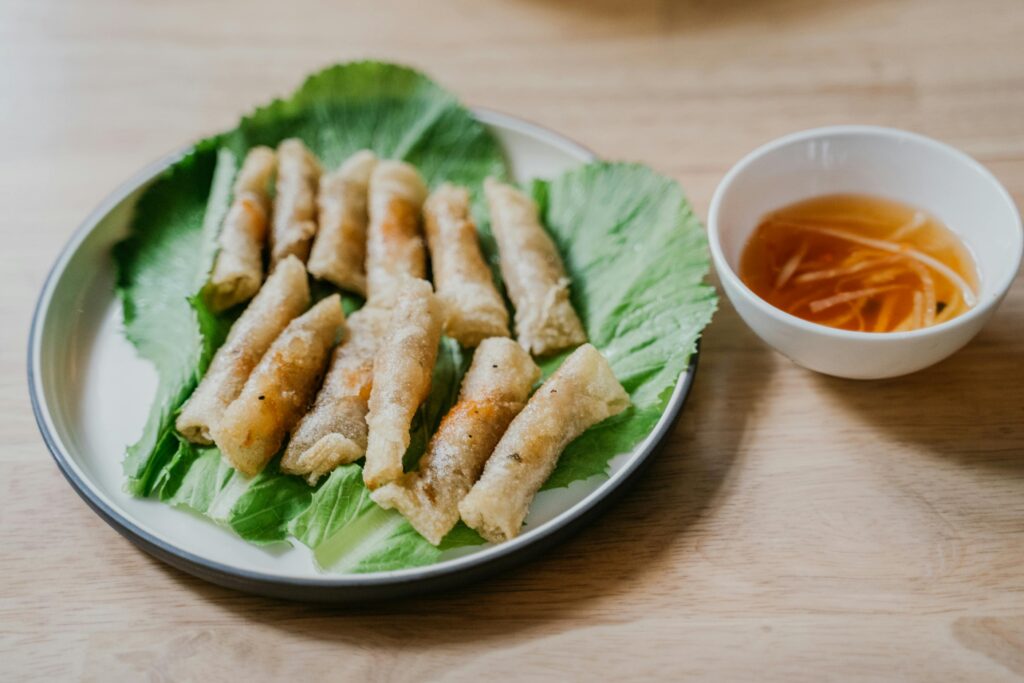
Tips for Selecting Healthier Thai Dishes
When dining at a Thai restaurant, making healthier choices is possible. Opt for steamed or grilled dishes instead of fried ones, choose brown rice over white, and ask for sauces on the side to control portion sizes and reduce sodium intake.
Final Thoughts
In conclusion, Thai food can indeed be healthy when you make mindful choices. It’s a cuisine that offers a wide range of flavors and health benefits. However, it’s essential to be aware of your dietary needs and preferences and consult with a healthcare professional for personalized guidance. Enjoy exploring the delicious world of Thai cuisine while maintaining a balanced and healthy diet!

Christopher is a food and lifestyle expert, recipe developer and the content creator behind May Eighty Five. With years of experience in the kitchen, he also shares tips, tricks and how to’s that he has learnt over the years. Every week, he shares quick, simple and mostly healthy recipes along with some home and entertaining tips. You will find flavorful cocktails, delicious appetizers, tasty mains and some indulgent desserts. As a home decor enthusiast, he also likes to share simple DIY projects and simple tips for a beautiful home.



